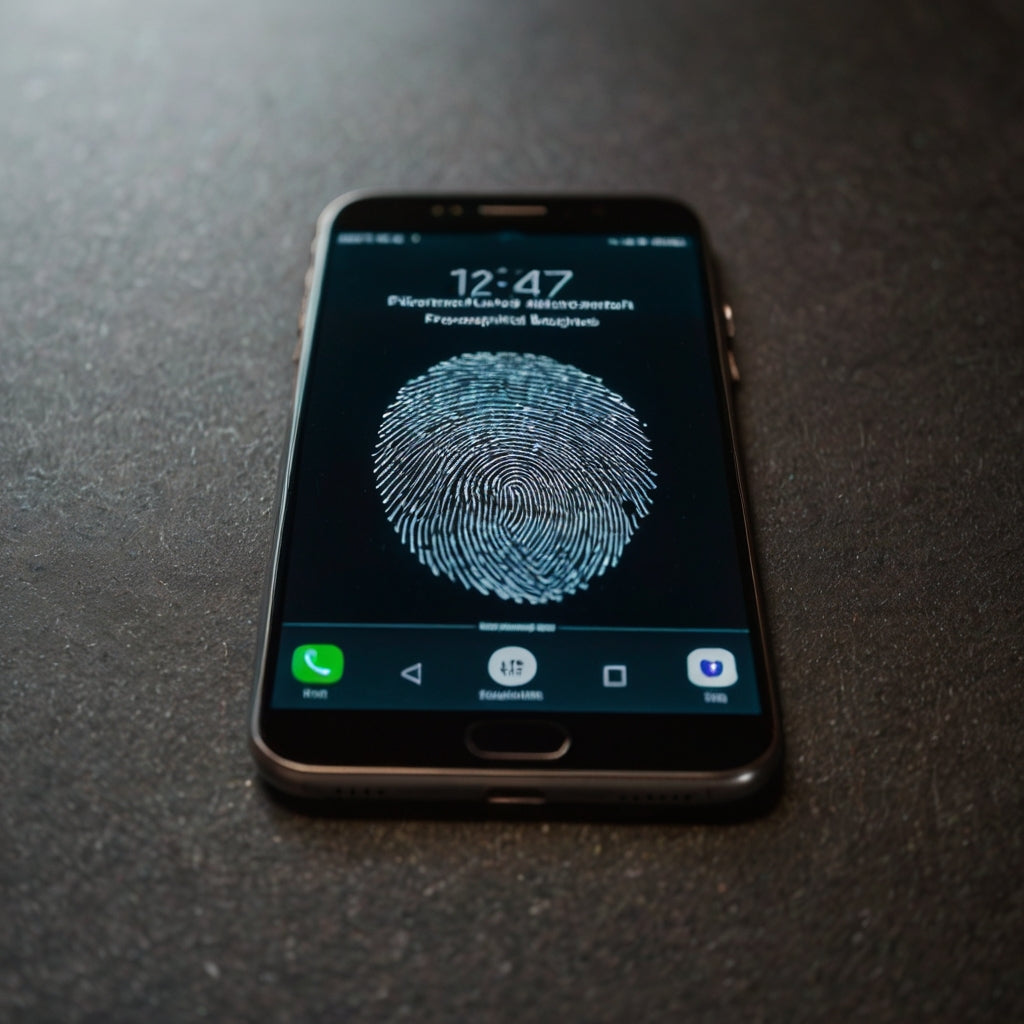
How does a screen protector affect fingerprint recognition?
Share
Fingerprint recognition is an essential part of smartphone security these days, but many users encounter problems when installing a screen protector , screen protector, or tempered glass on their phone's screen. Why is this happening, and how can you make sure the fingerprint reader works with a screen protector?
In this article we will go over:
✅ Why doesn't fingerprint recognition work with a screen protector?
✅ What is the difference between different fingerprint readers?
✅ How to choose a fingerprint-friendly screen protector or screen protector?
✅ Solutions to fingerprint recognition problems
1. Why doesn't the fingerprint reader work with the screen protector?
When you install a screen protector, tempered glass, or screen protector on your phone, the fingerprint reader may stop working or require multiple attempts to unlock. The reasons for this may be:
🔹 Screen protector material – Some thicker protective glasses or films may reduce recognition accuracy .
🔹 Fingerprint reader type – Not all sensors work the same way with a screen protector.
🔹 Bubble-free installation – If dust, air bubbles, or dirt remain between the screen and the protector, recognition may fail.
🔹 Fingerprint registration before installation – Many people forget to update fingerprint recognition after adding a screen protector.
2. What is the difference between different fingerprint readers?
Not all fingerprint readers work the same way, and their functionality with a screen protector depends on the technology:
| Fingerprint reader type | Functionality with screen protector | Things to note |
|---|---|---|
| Optical fingerprint reader | ❌ Doesn't always work | Based on light, and screen protectors may prevent detection. |
| Ultrasonic fingerprint reader | ✅ Works better | Uses sound waves, and the thin armor film does not interfere with detection. |
| Capacitive fingerprint reader | ✅ Works great | A physical reader that is not dependent on a screen. |
🔹 Samsung Galaxy A series phones mainly use optical fingerprint readers , which means that thick tempered glass can prevent it from working . Instead, a hydrogel or ultra-thin tempered glass screen protector will work better .
3. How to choose a fingerprint-friendly screen protector?
When choosing a screen protector for your Samsung Galaxy A series phone, make sure it doesn't affect fingerprint recognition . Here are our recommendations:
🔹 Arctic Shield Hydrogel – A flexible and thin protective film that maintains fingerprint recognition functionality.
🔹 Arctic Shield Ultra – Glassy, smooth surface that does not hinder identification.
🔹 Arctic Shield Frost – A matte, yet thin film that does not significantly impair recognition.
🔹 Avoid thick tempered glass if your phone has an optical fingerprint reader.
4. Solutions to fingerprint recognition problems
If you have installed a screen protector or screen protector , but fingerprint recognition is not working, try these solutions:
✅ Re-enroll your fingerprints – Delete old saved fingerprints and re-add them with the screen protector.
✅ Clean the screen and your fingers – Grease and dirt can affect recognition.
✅ Ensure bubble-free installation – If air remains between the protector and the screen, it can interfere with recognition.
✅ Use the right screen protector – Choose a hydrogel or ultra-thin armor screen protector for the best performance.
✅ Enable the "Increase detection sensitivity" setting (found in Samsung settings).
Summary: The right screen protector will preserve the functionality of fingerprint recognition
✔ The optical fingerprint reader does not always work with thick screen protectors.
✔ Ultra-thin protective films, such as Arctic Shield Hydrogel and Ultra, work better.
✔ It is recommended to re-register fingerprint recognition after installing the screen protector.
✔ Bubble-free and dust-free installation ensures detection functionality.
